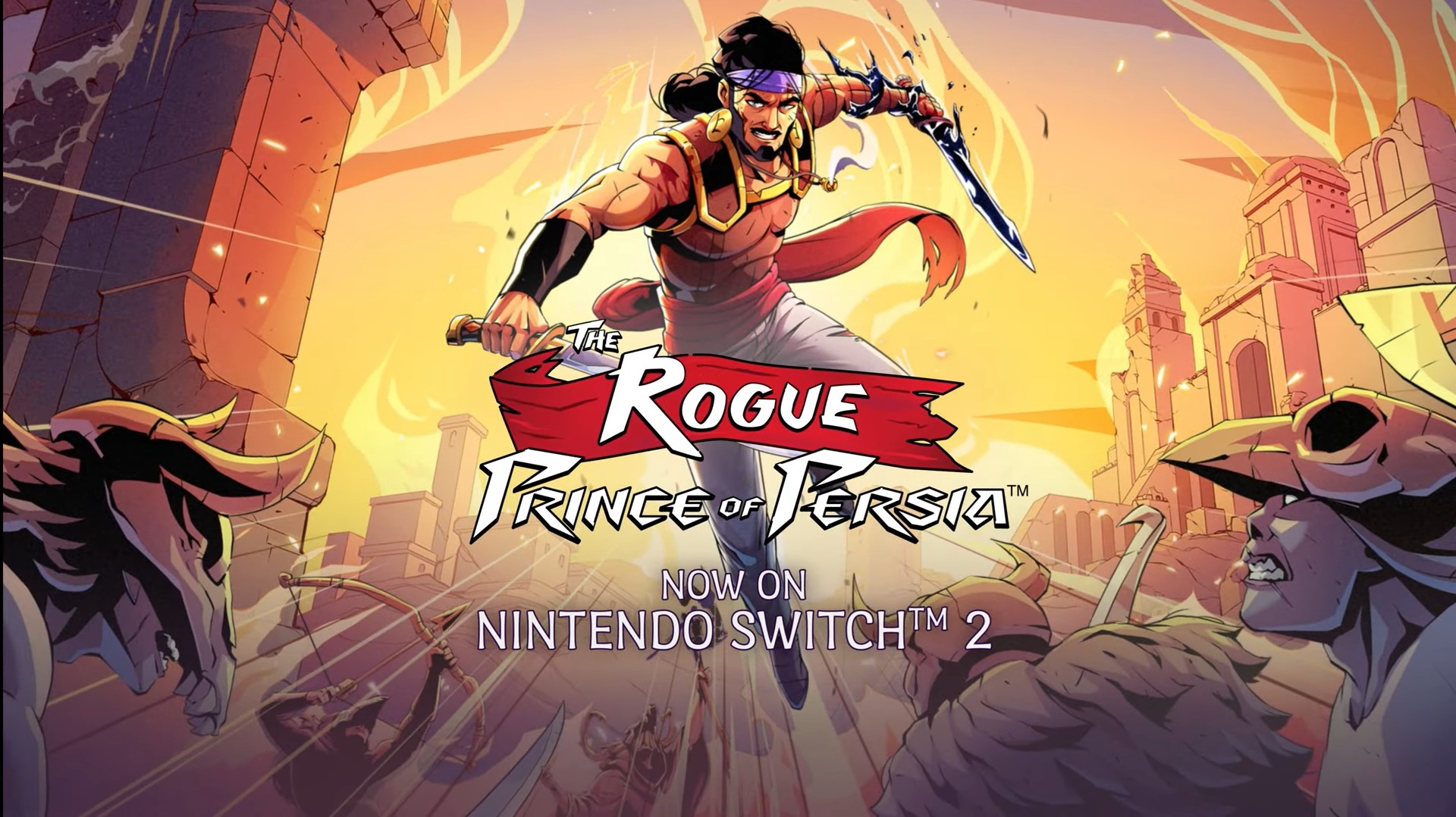When it comes to porting games to the Nintendo Switch, the hardware’s unique storage options and performance capabilities can significantly influence both the end product and the user experience.
As game developers and publishers work to bring popular titles to the Nintendo Switch platform, the choices they make—particularly around cartridge selection and optimization—play a pivotal role in determining the quality and playability of each release. Looking back at the launch years of the original Nintendo Switch (often referred to as the Switch 1 era), many gamers noticed that some titles suffered from noticeably reduced texture quality or downgraded audio.
Contrary to popular belief, these compromises weren't always due to the Switch's technical limitations.
In several instances, publishers opted for smaller, less expensive cartridges, which offered less storage space.
This cost-saving measure often forced developers to reduce file sizes, sometimes at the expense of core gameplay visuals or sound fidelity. These practices aren’t just historical footnotes—they remain relevant as new ports and game editions are announced.
Game industry analysts point out that such storage-based decisions can heavily affect the player's experience.
A notable industry insider recalled, in essence, that the "use of lower-capacity Switch cartridges by some publishers led directly to major cuts in texture and sound quality for several games, even though more technically robust cartridges existed at the time." Further complicating matters are ports of games that already launched to mixed or poor reception on more powerful platforms.
Many of these titles arrived with unrefined AI, lackluster gameplay systems, or performance issues, which were already evident before coming to the Nintendo Switch.
Upon porting to Nintendo’s hybrid console, these challenges are sometimes compounded by the need to further downscale assets or features to fit within cartridge size or hardware limitations. Publishing on the Nintendo Switch eShop does offer more flexibility, especially as digital storage expands; however, physical releases continue to suffer from storage-based compromises if budget-friendly cartridges are chosen.
Data from the past few years highlights that some of the most successful Switch ports either embraced larger cartridge capacity or prioritized efficient optimization to maintain fidelity and performance. As game development for the Nintendo Switch continues to evolve, developers and publishers are increasingly aware of the trade-offs between cost and quality.
The choices made in the earliest years of the platform continue to inform current industry standards.
For discerning players and industry insiders alike, these factors are crucial to understanding why certain Switch ports excel—while others fall short.
As game developers and publishers work to bring popular titles to the Nintendo Switch platform, the choices they make—particularly around cartridge selection and optimization—play a pivotal role in determining the quality and playability of each release. Looking back at the launch years of the original Nintendo Switch (often referred to as the Switch 1 era), many gamers noticed that some titles suffered from noticeably reduced texture quality or downgraded audio.
Contrary to popular belief, these compromises weren't always due to the Switch's technical limitations.
In several instances, publishers opted for smaller, less expensive cartridges, which offered less storage space.
This cost-saving measure often forced developers to reduce file sizes, sometimes at the expense of core gameplay visuals or sound fidelity. These practices aren’t just historical footnotes—they remain relevant as new ports and game editions are announced.
Game industry analysts point out that such storage-based decisions can heavily affect the player's experience.
A notable industry insider recalled, in essence, that the "use of lower-capacity Switch cartridges by some publishers led directly to major cuts in texture and sound quality for several games, even though more technically robust cartridges existed at the time." Further complicating matters are ports of games that already launched to mixed or poor reception on more powerful platforms.
Many of these titles arrived with unrefined AI, lackluster gameplay systems, or performance issues, which were already evident before coming to the Nintendo Switch.
Upon porting to Nintendo’s hybrid console, these challenges are sometimes compounded by the need to further downscale assets or features to fit within cartridge size or hardware limitations. Publishing on the Nintendo Switch eShop does offer more flexibility, especially as digital storage expands; however, physical releases continue to suffer from storage-based compromises if budget-friendly cartridges are chosen.
Data from the past few years highlights that some of the most successful Switch ports either embraced larger cartridge capacity or prioritized efficient optimization to maintain fidelity and performance. As game development for the Nintendo Switch continues to evolve, developers and publishers are increasingly aware of the trade-offs between cost and quality.
The choices made in the earliest years of the platform continue to inform current industry standards.
For discerning players and industry insiders alike, these factors are crucial to understanding why certain Switch ports excel—while others fall short.






